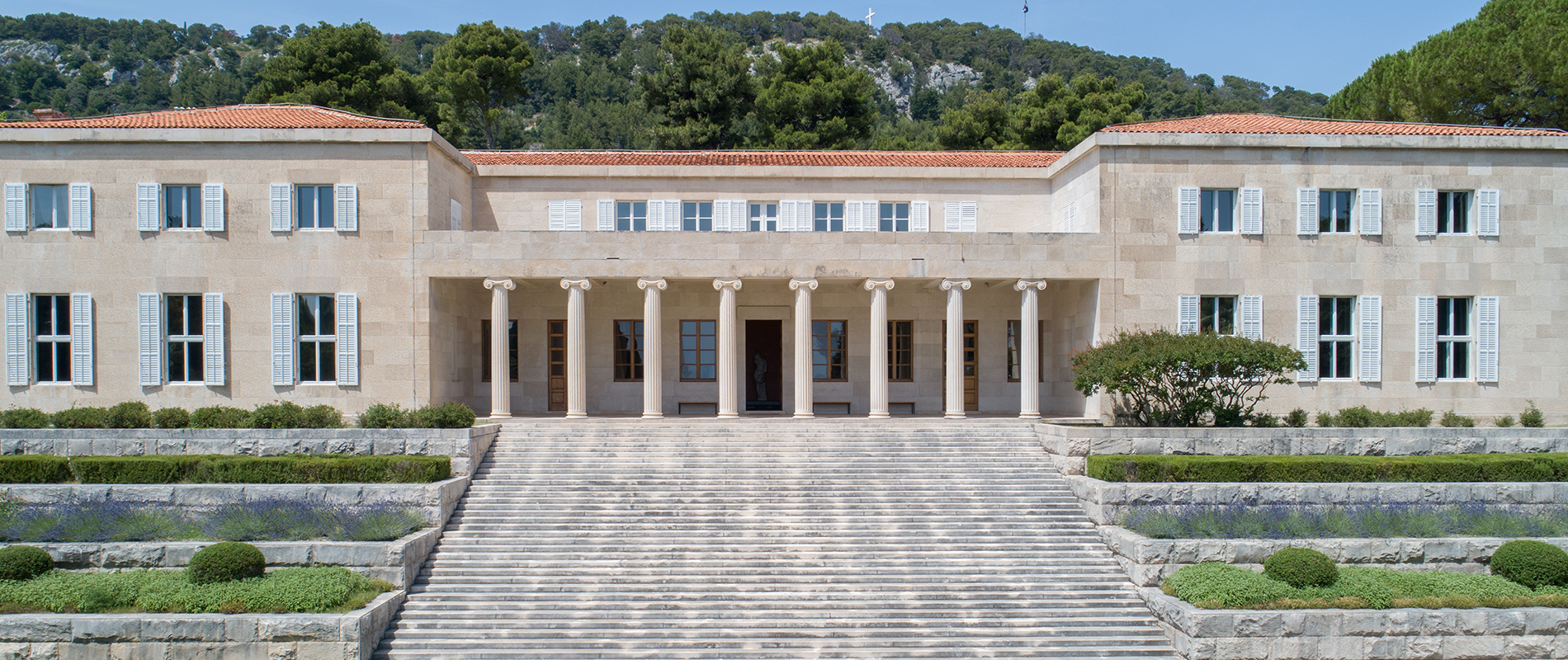
Those who have visited Croatia are sure to be familiar with the life and work of renowned artist, Ivan Meštrović, whose impressive works are found throughout the country. To many Americans, however, the name Meštrović might still be unfamiliar. A contemporary of artists such as Rodin and Klimt, Meštrović gained notoriety in Europe for his sculpture, writings, and politics before moving to the United States. To provide a more complete view of Meštrović, his life, and his work, Tasteful Croatian Journeys Luxury Travel Designer, Tia Lovisa Moreira, had the pleasure of interviewing Art Historian Vesna Bulić of the Ivan Meštrović Gallery in Split. We are pleased to share Vesna’s insights below.
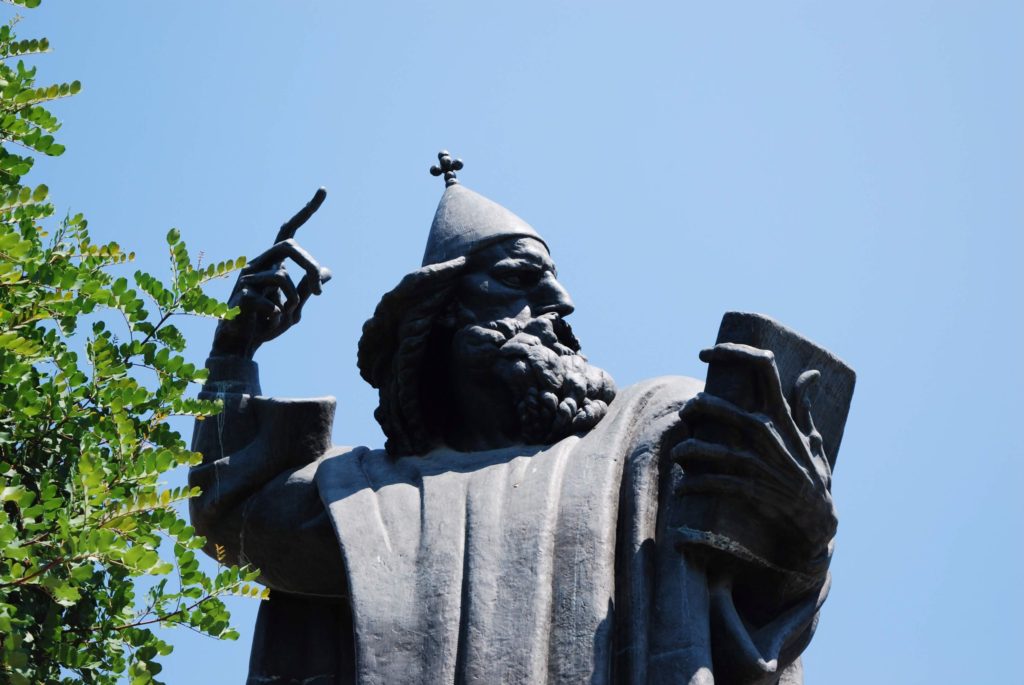
Tia: Vesna, thank you so much for taking the time to teach us about Ivan Meštrović To start, perhaps you could tell us a little bit about yourself, your background, and how you came to begin working at the Meštrović Gallery in Split? Have you always been a fan of the works of Ivan Meštrović?
Vesna: Thank you for inviting me to talk about Meštrović and the Ivan Meštrović Museums. He is one of the most famous Croatians so most of the people in Croatia and surroundings are rather familiar with who he was, elements of his biography and his works. Cities like Zagreb, Split and Dubrovnik are full of his masterpieces so sooner or later you get in front one of these landmarks and famous sculptures. For me, an Art historian and a guide from Split – the city of such an importance for Meštrović – the moment of discovering Meštrović goes very back in past, back to my childhood walks around the city. More detailed studies of his oeuvre came during my university years in Zagreb when Meštrović became one of the most important themes of our 19th and 20th century art classes. Finally, becoming the Head of Marketing and PR at the Ivan Meštrović Museums meant an amazing opportunity to work surrounded by his sculptures in his former villa in Split, and together with my colleagues, to engage all my creative aspirations in order to provide the best promotion of Meštrović’s valuable heritage. Meštrović’s legacy is very impressive and well-known, the Museums are one of the biggest museum institutions in Croatia, his works are very present in our public spaces, so I have been both astonished and impressed by everything I have discovered and a huge fan, of course.
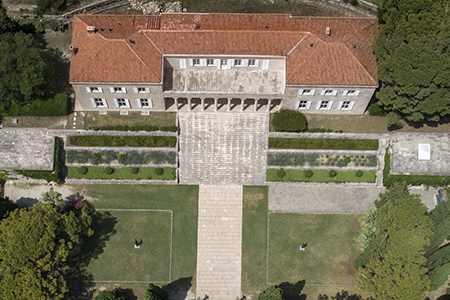
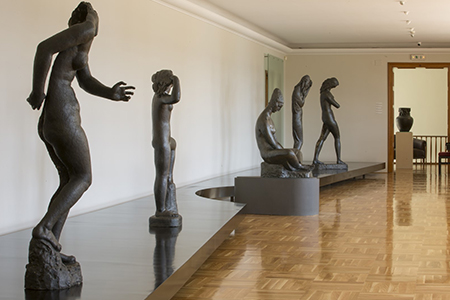

Tia: For travelers who are not familiar with Ivan Meštrović, can you tell us a little bit about him and his artwork? What were some of his influences?
Vesna: Ivan Meštrović (1883, Vrpolje, Croatia – 1962, South Bend, Indiana, USA) is one of the greatest Croatian sculptors. He also expressed himself as a painter, architect and writer. He originated from a small Dalmatian hinterland village of Otavice where he found his early inspiration in the folk epics and the Bible. In 1900 Meštrović went to Vienna where the new artistic style, Secession, was just raising. There he got acquainted with the art of Rodin and created under his strong impressionist influence. While in Paris, in 1908 he turned towards monumental and heroic style representing themes from Slavic history. After the first World War, Meštrović did female sculptures radiating life and optimism, and very often showing them holding an instrument. During the second and third decade of the 20th century he studied the theme of male and female bodies, as well as religious themes. His style turned from heroic and impressionist to highly classical. During the 4th decade he made a whole series of characters with strong symbolical meaning such as Job, Persephone, Atlantis, Prometheus … bringing out the theme of undeserved suffering imposed on an individual character.
His sculpture is dominantly figurative and found its form in different materials such as plaster, stone, marble, wood and bronze. Ivan Meštrović gained international reputation and influenced generations of sculptors. He is present in museums and galleries all around the world as well as in many public spaces, where his public monuments even today astonish with their greatness.
Tia: In your opinion, what makes Meštrović’s work so important?
Vesna: Significant universal themes or private intimate topics turned into masterly designed sculptures, find its ways into the personal world of the beholder. Early Secession style pieces, works from the neoclassical phase or the expressionism of the later works, universally talk to the deepest human emotions. Artfully shaped, meaningful and anchored in tradition and legacy, bearing a message, this art goes far beyond larpurlartism (“art for art’s sake”) and talks to the deepest human spheres. When you connect it with very impressive personality – hard-working and persistent, incredibly productive, artistically, socially and politically engaged – the imposing legacy leaves even deeper imprint.
When I have an opportunity to present his life and work, the reactions are amazing because there were not too many individuals who, despite all of the challenges they encountered in life, managed to hold in front of them their vision of success that their talent and love for what they are doing, was going to bring them. Meštrović knew that his belief and personal strengths was not going to lead him astray. Meštrović lived his art, believed that the only way to be an artist is to continuously work which he did – even on the final day of his life, he went to his studio.
He was very socially sensitive and connected to his family. He helped not only to his family, but also did a lot for the village he came from. Later he donated many public monuments and finally all his private properties. Involvement in political events of the time was also due to his belief that he as a public figure could and should make a difference.
The strong connection between his works and certain events of the time, regardless of these events being public of private, is possibly the most important element of his work, because it is in this connection that the universal message rests. These universal messages are the treasures hidden in art and the reason why masterpieces survive decades and still provoke the same sensations and impressions.
The most valuable is an opportunity to see the original artwork and visit the place because the places and the objects have a memory of their own, and are capable of sending these universal, at the same time, private messages of the artist to the world.
His works also show incredible artistic talent and skill for shaping in marble, plaster, bronze and wood, very often compared to the skills of Rodin or Michelangelo. Auguste Rodine himself said that Meštrović was surely the biggest phenomena among sculptors.
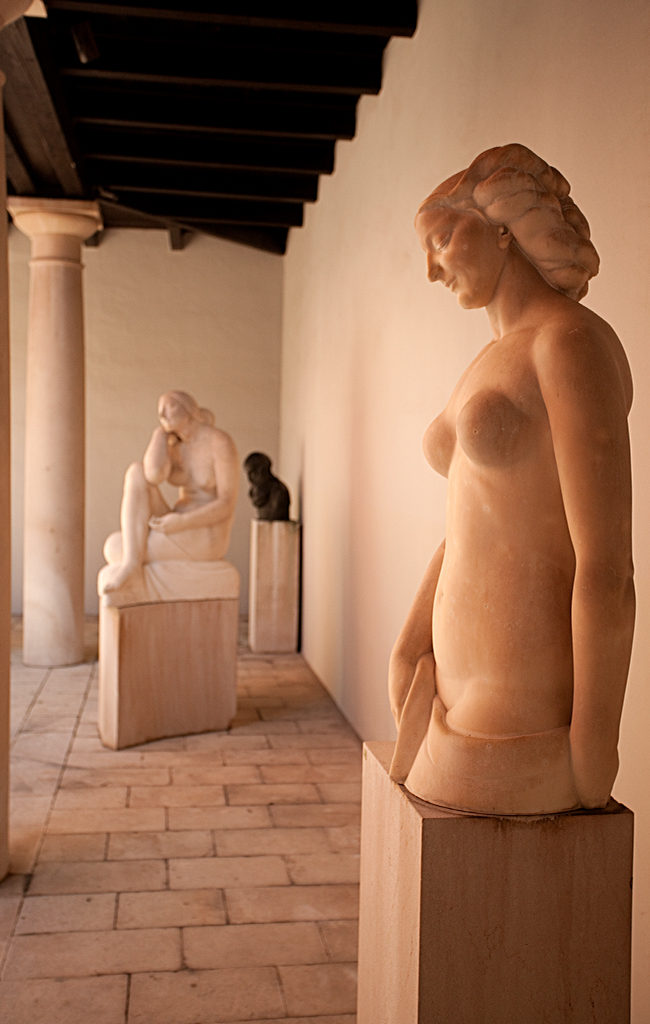
Tia: Meštrović led a really fascinating life, can you tell us a little bit about that?
Vesna: The circumstances of his upbringing in a traditional, patriarchal society and his early inwardness with motifs from the folk epics and the Bible formed a huge well of inspiration that accompanied him throughout his life. After the discovery of his talent by the people in Otavice, soon he was sent to Split to a stonemason’s workshop. In 1901 he departed for the Academy of Fine Arts in Vienna and that event marked the beginning of a brilliant artistic career. The artists he admired the most were Michelangelo and Rodin. After the academy years, he lived and worked in many European cultural centers – Rome, Paris, London, Geneva and Cannes. The period between the two wars, marked with significant private and professional events, Meštrović spent in Croatia. After World War II he emigrated to the USA where he worked as a professor of sculpture at Syracuse University in New York and Notre Dame university in South Bend, Indiana. In 1952 he donated to Croatian people 132 artworks and four properties – his family house and studio in Zagreb, the religious complex of Crikvine – Kaštilac and the villa which are both in Split, and his family mausoleum – the Church of the Most Holy Redeemer near Otavice. These locations today make up the Ivan Meštrović Museums. Ivan Meštrović died on January 16, 1962, in South Bend. He is buried in the family mausoleum near Otavice.
Ivan Meštrović is the first Croatian artist to have exhibited during his lifetime at the Victoria and Albert Museum in London (1915) and in the Metropolitan Museum of Art in New York (1947). President Dwight Eisenhower personally handed Meštrović his US passport when he was granted American citizenship in 1954. He also became a member of the American Academy of Arts and Letters in 1960.
He was married two times and had four children.
Tia: I was excited to learn that Meštrović was a professor of sculpture at my alma mater, Syracuse University. I did a little research and found out that he had a studio in a refurbished barn, which his students referred to as the “Bauhaus,” on Marshall Street. As a former student, I find that quite funny to think about, as these days Marshall Street is mostly comprised of bars and fast food. It’s wonderful to imagine it as a center for creativity instead. I also learned that he has a number of sculptures on campus, which I must have walked past every day without knowing much about him. Are there any other places around the United States where our travelers might have, unknowingly, seen Meštrović’s work on display?
Vesna: Meštrović left his mark in the USA, as a professor at universities but also with his public monuments and pieces in the collections. His works can be found:

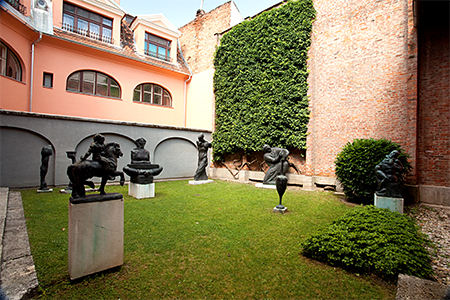
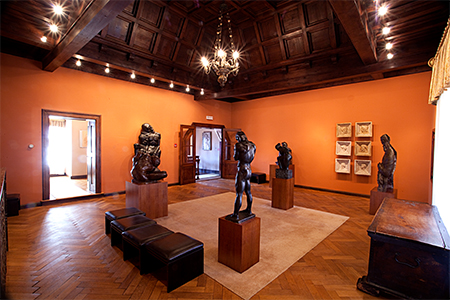
Tia: And of course, there are also the galleries and museums dedicated to the works of Ivan Meštrović throughout Croatia, which you mentioned earlier. Can you tell us a little bit more about these?
Vesna: With his Deed of Donation to the Croatian People of 1952, he donated numerous masterpieces, impressive architecture and refined spaces managed by the Ivan Meštrović Museums. The constituents of the Museums are located in four locations: his home and studio in Zagreb (The Meštrović Atelier), the family villa (The Meštrović Gallery) and renovated Renaissance castello (The Meštrović’s Crikvine – Kaštilac) in Split, and in Otavice (The Church of the Most Holy Redeemer), whence his family originated. In these spaces, visitors have the opportunity to enjoy hundreds of his works.
In 1991, the Croatian Parliament adopted the Ivan Meštrović Foundation Act and thus united the locations from the Deed of Donation into a unique organization with its administrative center in Zagreb. With the amendment of the act in 2007, the Ivan Meštrović Foundation was renamed into the Ivan Meštrović Museums, and the administrative center moved to Split.
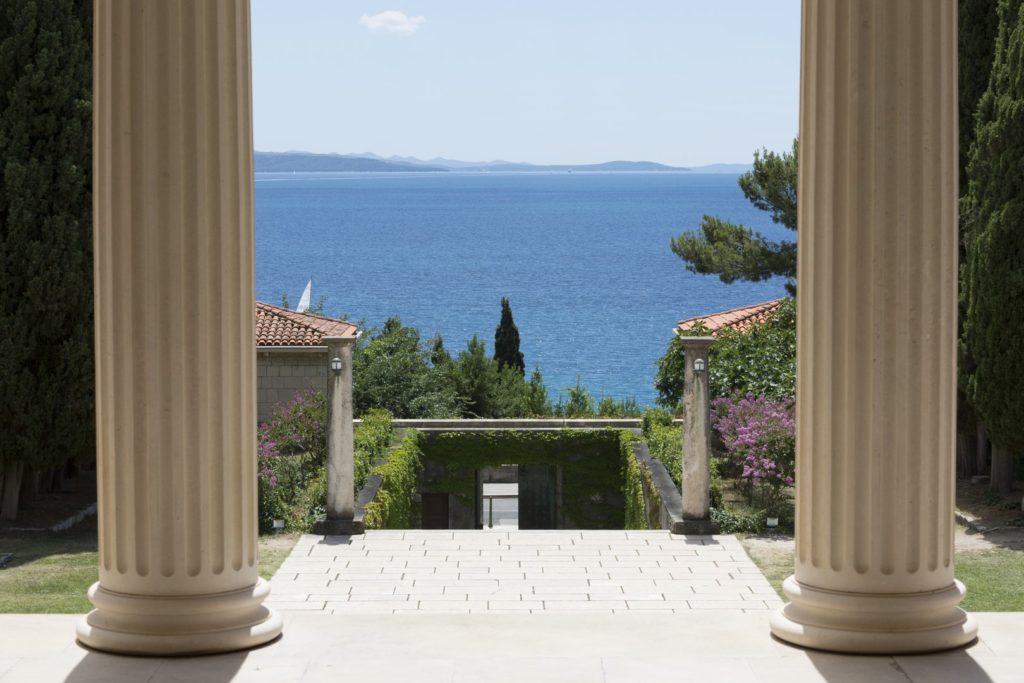
Tia: And as we already know, you are based in Split, at the beautiful Meštrović Gallery overlooking the sea. What do you recommend for visitors to your gallery? What is the best way to experience the works?
Vesna: The best way to get to know Meštrović is to immerse yourself in the environment that was once used by the artist himself. Meštrović created these spaces for himself and his family which means that even these refined spaces talk a lot about his personality and private life. The best way to visit the Gallery and other locations is with our guide who will tell you not only the artist’s biography and iconography of each artwork, but also the little stories and secrets known to people who discovered them only after spending so much time here. For instance, I was lucky enough to meet the lady who was Meštrović’s housekeeper and lived in one little apartment until the end of her life, even after the house was turned into the museum. She shared many stories of the family life with us. These first-hand stories are very valuable jewels that made me feel closer to the artist.
After the tour of the house, a visitor can rest in the beautiful Mediterranean garden, before proceeding to the Meštrović’s Crikvine – Kaštilac, nearby church with the cloister above the sea, a former 16th century fortified property that Meštrović turned into a place of prayer and contemplation.

Tia: In addition to the Meštrović Gallery, what other experiences do you recommend in Split for art lovers?
Vesna: The museums and galleries in Split can offer a lot to art lovers. Depending on their taste and preference, there are so many things to see from archaeology to contemporary art: The Museum of Fine Arts, The Split City Museum, The Emanuel Vidović Gallery…
However, Split is a city developed from a Roman emperor’s palace built in late 3rd/early 4th century AD, with the legacy of an even older settlement that existed before the palace. The beginnings of the port of Split are going back to the time when neighboring Salona was an Illyrian settlement – the first written mentioning of Salona comes from the 2nd century BC. This incredible heritage invites you to visit some very impressive exhibits at the Archeological Museum in Split, which is also the oldest museum of south-eastern Europe, last year it celebrated 200 year anniversary.